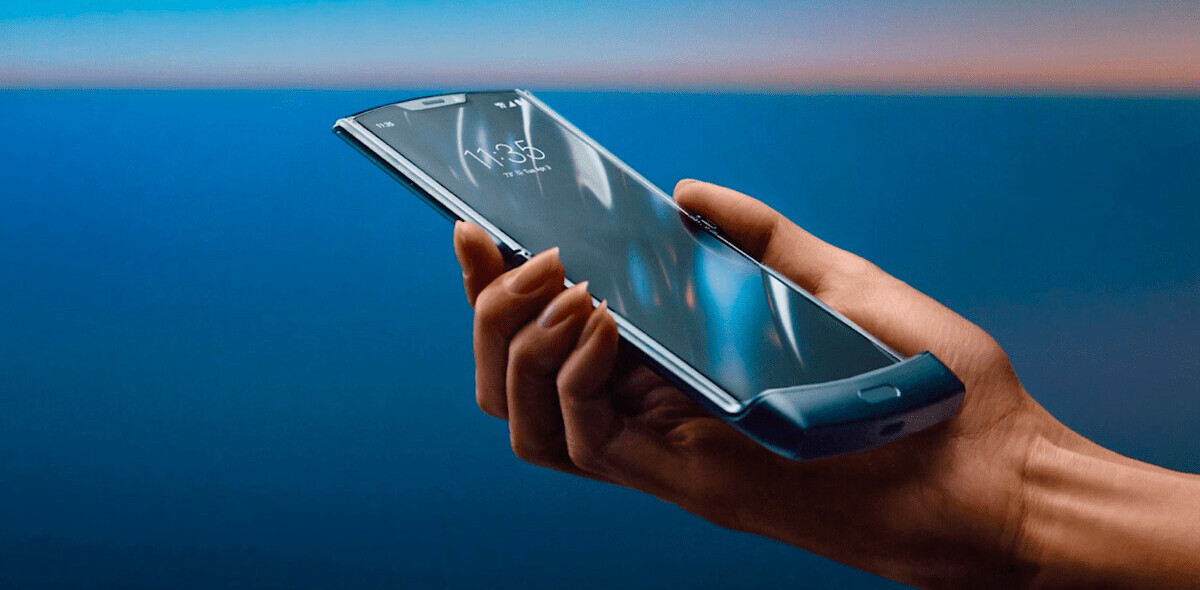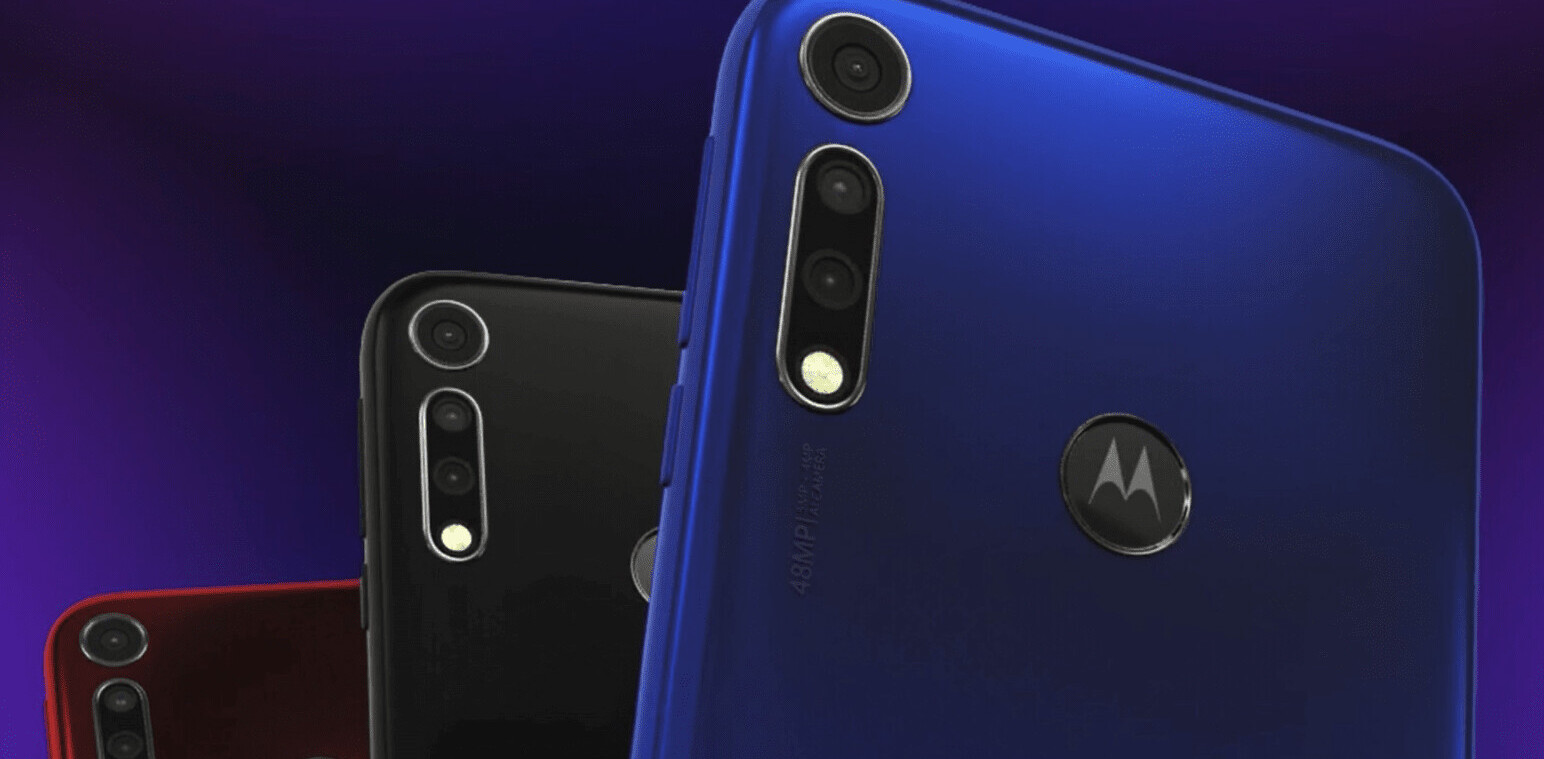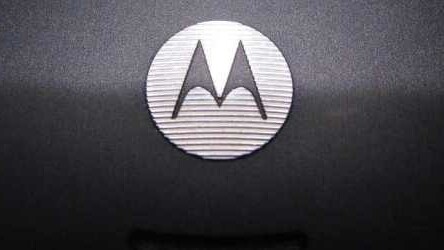
With the breaking news that Google has acquired Motorola Mobility for $12.5 billion, this is a move which could have massive implications for the future of Android.
In January 2011, Motorola split into two independent companies, Motorola Mobility and Motorola Solutions. We’ve decided to take a look at Motorola’s past – where it’s come from and how it got to where it is today.
The company has had its ups and downs, but certainly has some impressive ‘firsts’ to its name.
1. Founded in 1928 as Gavlin Manufacturing Corporation, Motorola’s first ever product was a battery eliminator.
2. In 1930, the company introduced one of the first ever car radios, and the Motorola brand was born – with motor, representing the car, and ola, taken from the word, Victrola, representing sound. It wasn’t until 1947 when the company officially changed its name to Motorola. Its car radios were initially only available to Police departments in the US, and it further developed the technology to create a two-way communication device.
3. In 1940, Motorola created the very first walkie-talkie, the SCR-300. Contracted by the US War Department to develop a portable solution for infantry units to communicate during World War II, Motorola developed a backpack solution. One year later, they produced the far more portable, Handie-Talkie, which became a trademark of Motorola in 1951.
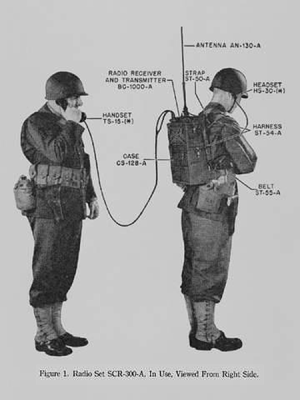
4. In 1943, Galvin Manufacturing Corporation sold its first Motorola public stock, going at $8.50 per share.
5. Motorola’s well known logo, designed by Zeke Ziner, was introduced in 1955. The M insignia, or ’emsignia’, with its two triangle peaks “typified the progressive leadership-minded outlook of the company.”
6. In 1956, Motorola once again led the way in the industry, developing the first ever pager. While pagers soared in popularity in the 90s, Motorola’s original concept, the Handie-Talkie radio pager, was used in hospitals in New York City. With a range of about 40km, doctors paid $12 a month to receive radio messages. In 1995, Motorola introduced the first two-way pager, the Tango, which allowed users to received text messages and reply with standard responses.
7. Another first for Motorola came in 1960, when it introduced the world’s first large-screen cordless, portable television. Three years later, it introduced the world’s first rectangular color TV picture tube. In 1974, Motorola sold off its television division to Quasar, Panasonic’s Japan-based parent company.
8. Neil Armstrong’s famous words, when he became the first man to land on the moon in 1969, “one small step for a man, one giant leap for mankind” were spoken on a Motorola radio transponder.
9. In 1973, the world’s first cellular phone was developed by Motorola, and the company made history 10 years later when the FCC approved the world’s first commercial cell phone, the DynaTAC 8000X. The picture below shows Dr. Martin Cooper, the inventor of the cellphone and former Vice President of Motorola, with the DynaTAC 8000X.
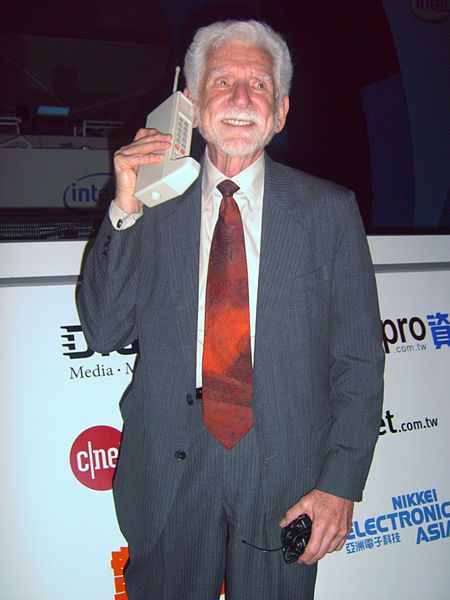
11. In 1996, Motorola introduced what was then the lightest phone on the market, the Motorola StarTAC. More significantly, the StarTAC was also the first ever flip phone, a phone form that wasn’t able to withstand the touchscreen craze that subsequently swept the mobile market.
12. Until 1998, Motorola was the world’s biggest seller of mobile phones, when Nokia knocked the company out of its number one spot.
13. In 1999, Motorola once again was at the forefront of the industry, introducing the world’s first smartphone with web browsing and email capabilities, the iDEN i1000 plus. The handset was the first phone to combine a digital phone, two-way radio, alphanumeric pager, Internet browser, email, fax and two-way messaging.
14. Until the introduction of the iPhone, the Motorola RAZR was the best-selling phone in the US market, and to this day is the best-selling clamshell phone in the world. In the space of four years, Motorola’s RAZR sold over 130 million units.
15. Motorola’s venture into the world of Android proved to be the best thing that the company could have done. Bringing it out of its slump, the Droid earned Motorola the number one spot on TIME’s Top 10 Gadgets of the Year. The subsequent models, Droid X and Droid 2 brought Motorola back into the game.
Read about the history of smartphones.
Get the TNW newsletter
Get the most important tech news in your inbox each week.

